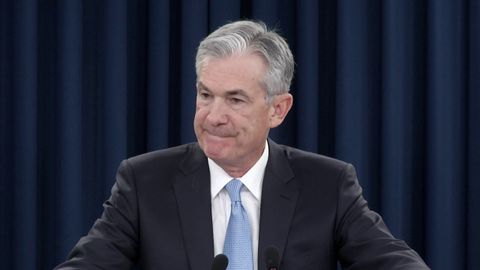FOMC Press Conference March 20, 2019
Ashley が 2022 年 05 月 27 日 に投稿  この条件に一致する単語はありません
この条件に一致する単語はありません- n. (c./u.)条件;期間;学期;用語;関係;項;妊娠期間;任期
- v.t.称する
US /ˈkraɪsɪs/
・
UK /'kraɪsɪs/
US /ˈpɑzɪtɪv/
・
UK /ˈpɒzətɪv/
- adj.肯定的な;確実な;電気のプラス極;よい;陽性の;楽観的な;正の;ポジ
- n.ポジ
- v.t./i.進化させる;展開する;進化する;変遷する
エネルギーを使用
すべての単語を解除
発音・解説・フィルター機能を解除

